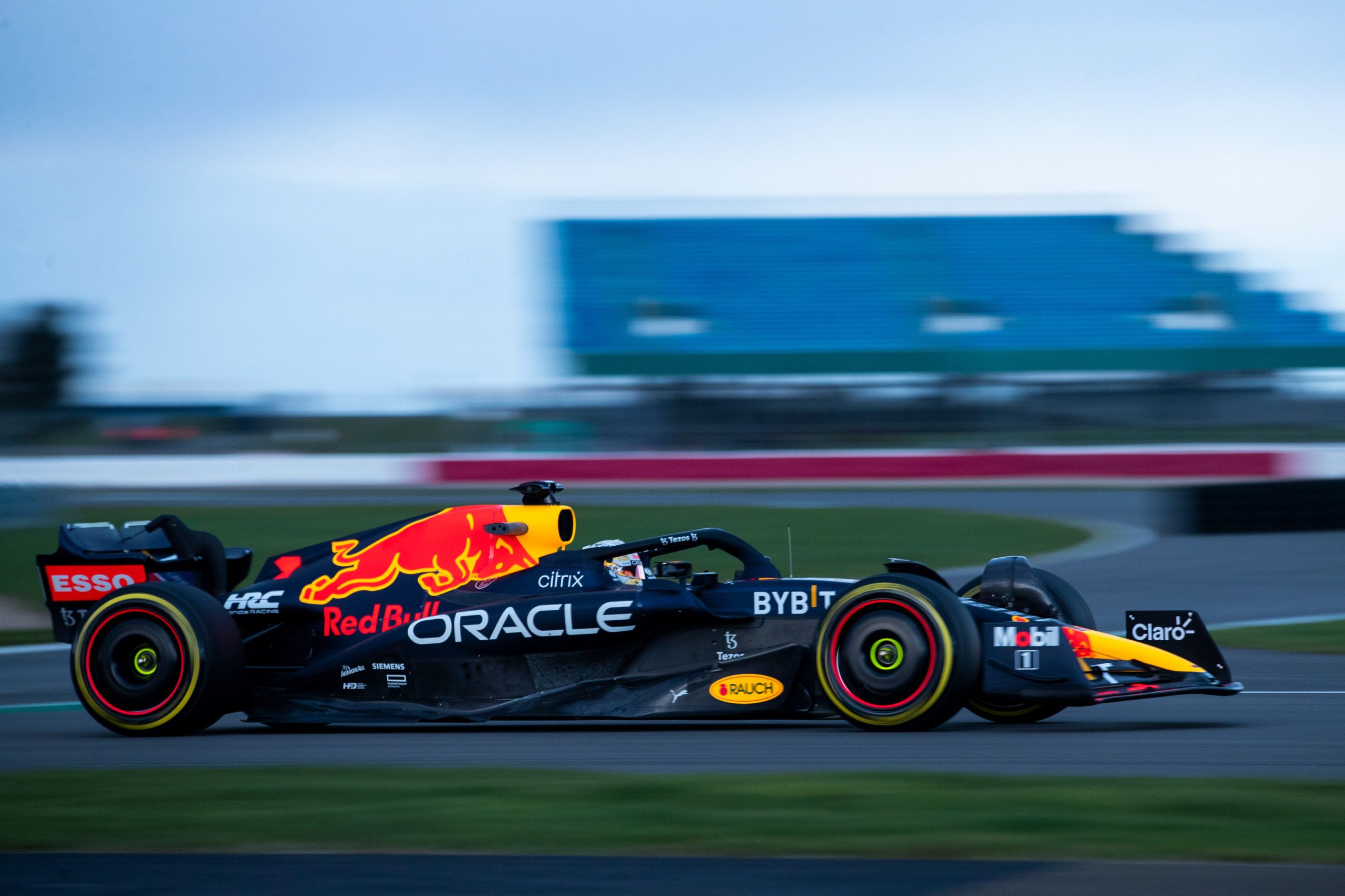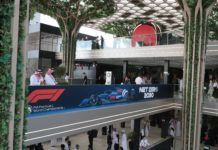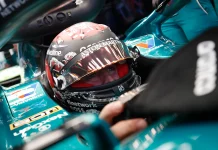Mike Elliott speaks on the changes seen in F1 2022, as he adds more on the different sidepods designs seen while stressing on Red Bull’s.
Last week’s testing in Barcelona ended with a Mercedes 1–2 finish on the final day of running. With the new cars hitting the track, all eyes were on the new Red Bull RB18 which only made its public debut in Barcelona. Obviously all cars were new, but what caught the eye of the grand prix fraternity in particular was its sidepod.
Red Bull’s big rivals Mercedes alluded to this with large volume of interest. For all 10 teams, Barcelona was undoubtedly an extremely busy time with the new cars hitting the track in their new guise. Even with all that going on, the technical heads had a discreet view on what their rivals were doing.
And none more so than Mercedes who were keen to watch Red Bull’s new charge. While talking of the regulation changes and adaptation, Chief Technical Officer Elliott added on the interesting design. “The biggest change this year has been aerodynamics,” he said in a video of F1 Tech Talk. “It was always going to be a challenge in how you deal with these changes in regulations.
“So as always what you do is start with a car in the Wind Tunnel, you look at what’s changed in the clone field, what you can learn from that, how you can recover some of the structure you have had in the past. Also, what new opportunities there are in the regulations and that’s where you really start, combined with the work of the Vehicle Dynamicist, sort of overseen by our Chief Designer and gradually piece together what we think is the best way of piecing the car together.
“To be perfectly honest, I have not spent an awful lot of time looking at the other cars. We have just been trying to fix our own issues. The guys in the factory are doing more of that. The most visual different thing is the sidepod that Red Bull have come up with. [It] looks interesting – we will go away and have a think about that,” Elliott summed up.
All ten teams by and large presented differing sidepod designs. Mercedes’ design is slightly thinner than the others as Elliott talked of why it was like that. “I guess there are different concepts,” he noted. “In terms of what is happening with these regulations, we completely change the way of managing the wheel wave.
That was done to make it better for overtaking, that we couldn’t over-optimise and control the tyre flows, and then for that to break down behind another car. And different teams have taken different approaches to that: some teams have gone for these big wide bodywork, trying to control the tyre wake that way. We’ve gone for a narrower solution, and we’ve packaged the car to be able to do that.
“The reality is the cars will evolve a lot between now and race one and you will see different solutions come along. In terms of the details of what the aerodynamics are doing, it is probably all to do with controlling that front tyre wake,” summed up Elliott.
According to the German publication Auto Motor und Sport, the FIA have been monitoring the way teams have been adapting to the new rules and have noted that they will bring in closer checks to close any loophole being used in a way it shouldn’t be.
Indeed, Barcelona for three days was only the first rung of the ladder of what will be the longest season of Formula One’s illustrious history. Between now and when the flag drops in Abu Dhabi, lot will happen on the racing front and also the technical front. The next test at Bahrain will see a another step in 2022’s development for all teams.
Here’s news on Max Verstappen signing new deal
Here’s F1 teams on crypto sponsors
Here’s George Russell on slipstream



















